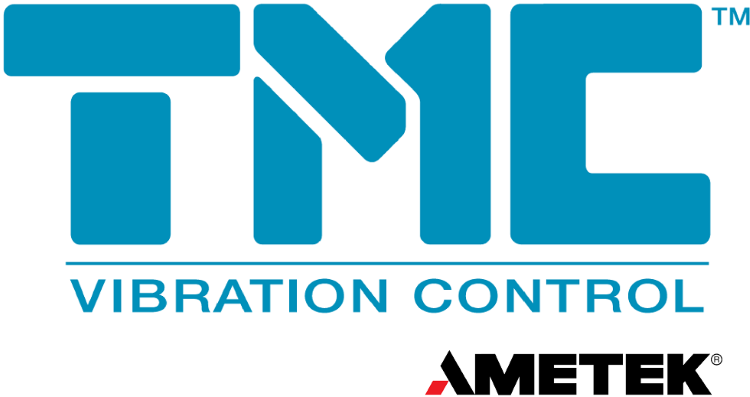TMC’s Gimbal Piston® Air Isolators are commonly installed on CleanBench tables and CleanTop optical tops. In side-by-side testing, the Gimbal Piston regularly outperformed alternative air isolators.
It provides excellent low-frequency vibration isolation in all directions and maintains its performance parameters even when excitement levels are extremely low.
Video Credit: TMC Vibration Control
In the video, TMC outlines a variety of vibration isolation solutions, such as the regular Gimbal Piston Air Isolator or the MaxDamp isolator, as well as common uses for each.
The Gimbal Piston uses proprietary damping techniques to stabilize top-heavy weights and rapidly dissipate tabletop disturbances.
A cutaway view of TMC’s Gimbal Piston® isolator is shown below. It has two air chambers rather than one. A tiny orifice links them together. Air is pushed through this orifice as the piston swings up and down, providing a damping force on the payload.
This sort of damping is particularly effective for big piston displacements and less effective for small displacements. This enables the payload to settle quickly without sacrificing small-amplitude vibration isolation capabilities.

Image Credit: TMC Vibration Control
TMC’s MaxDamp isolators employ a unique technique: multi-axis viscous fluid damping (Patent No. 5,918,862). For applications that demand it, these isolators may increase damping to near critical levels.
To transport wafers, semiconductor inspection equipment frequently employs highly fast-moving stages. MaxDamp isolators enable the payload to quickly settle following a stage motion while still offering excellent vibration isolation.
Patch Clamping, Confocal Microscopy, In-Vitro Fertilization and optical microscopes are all common uses for the CleanBench with Gimbal Piston Isolators. The MaxDamp Isolators enable quicker settling times for more demanding applications.
The MaxDamp isolators take half as long as the Gimbal Piston Air Isolators to settle. This is great for robots, applications that use moving stages, or any application that involves forces traveling from the top down.

This information has been sourced, reviewed and adapted from materials provided by TMC Vibration Control.
For more information on this source, please visit TMC Vibration Control.